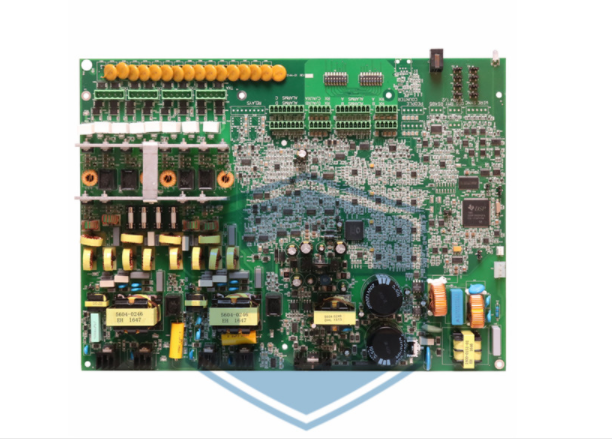Electronic Article Surveillance, or EAS, is a term used for theft prevention, typically in libraries and most commonly in retail stores. All types of articles can be tagged with EAS tags, and several different types of form factors can be used.
To prevent theft, several different types of EAS systems can be used. The main ones are electromagnetic, acoustic-magnetic and RFID. In all cases, the front dock creates a reading area and when tagged items enter the reading area, they create interference and are then picked up by the reader to sound an audio-visual alarm.
EM tags are made of two metal strips and are activated by demagnetization. When these tags enter the low-frequency electromagnetic field generated by the two pedestals, the characteristics of the tags change, causing the tags to "harmonize" or emit sounds picked up by the transmitter due to harmonic frequencies. When the base picks up harmonics from the tag, an alarm is raised.
These systems are low cost and can deactivate and reactivate tags when needed. em systems are ideal for applications where items are rented to customers such as libraries or DVD/CD rentals.
Similar to EM systems, acoustic magnetic or AM systems send frequency waves in the form of pulses to energize the tag to respond. AM tags send a response at the same frequency as the transmitter, and that response is received by a narrowband receiver between reader transmissions.
AM tags can be reusable plastic tags or disposable tags, and are activated by magnetizing them. They receive fewer false alarms, and they can be disposable.
RFID tags contain a coil (usually aluminum) as well as a capacitor and inductor that allow the tag to store energy until it reaches the frequency required for transmission. RFID readers or transmitters send out RF waves, and RF EAS tags receive the energy and quickly pass it back and forth through the coil to build up enough energy to respond.
RF EAS tags are available as plastic tags, reusable tags and disposable tag labels.
The major difference between RFID EAS and AM and EM EAS is that RFID tags contain a unique identification number that distinguishes the tag from the item to which it is attached. While identifying items during theft is not necessarily helpful, it can save time after theft, which is why RFID systems are often found in inventory management applications.
EM and AM systems are only used to trigger alarms during theft and do not contain memory or item numbers like RF tags do.
AM EAS in particular has a low false alarm rate, which is a major selling point for some retail stores because over time, alarms can be ignored if they are perceived as false.
EM EAS is the least deployed system in retail stores, but is most common in libraries because of the simplicity of activation and deactivation.
RF EAS is most popular in retail stores because it has the lowest one-time tag installation cost and cost per tag, and can also supplement inventory counting functions.
To prevent your stores' products from being stolen, please click the bottom to contact us. ENGUARD has independent professional product research and development members, including line circuit board development, plastic mold design and production, and independent circuit board plug-in patch production line.

Basic Approach to Preventing Retail Business Losses
Apr. 16, 2022
What You Need to Know about EAS Security Tag Alerts
Apr. 06, 2022